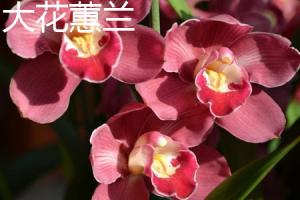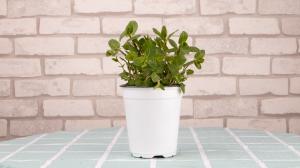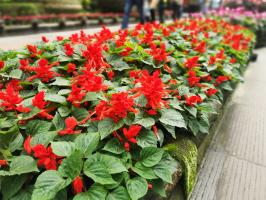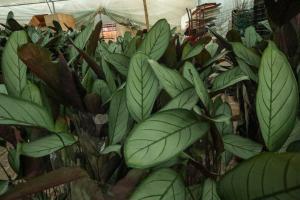Can False Ashoka Tree Be Grown in a Planter?
The False Ashoka tree (Polyalthia longifolia) is a beautiful evergreen tree native to India, Sri Lanka, and other Southeast Asian countries. With its glossy green and narrow leaves, it is often used as an ornamental tree in gardens and landscapes. One may wonder if it is possible to grow False Ashoka tree in a planter. The answer is yes, it is possible, but it needs proper care and maintenance.
Choose a Suitable Planter
The first thing to consider is the size of the planter. False Ashoka tree can grow up to 60 feet tall, but it is not recommended to keep it that size when planted in a pot. The ideal pot size is around 20-25 gallons, which would allow enough space for its roots to grow and absorb nutrients. Choose a planter that is made of sturdy and durable material to support the weight and size of the tree.
Choose the Right Soil
It is important to use rich, well-draining soil when planting False Ashoka tree in a planter. You can use a mixture of compost, peat moss, and perlite to create a loose and nutrient-rich soil that allows water to flow through easily. Make sure the planter has drainage holes at the bottom to prevent waterlogging, which can damage the tree's roots.
Watering and Fertilizing
False Ashoka tree needs regular watering, especially during the hot and dry season. Make sure the soil is moist but not waterlogged. Water the tree thoroughly, allowing excess water to drain from the bottom of the planter. Fertilize the tree every 3-4 months with a slow-release fertilizer to promote healthy growth.
Pruning and Training
False Ashoka tree can grow tall and bushy if left unattended. It is important to prune and train it regularly to maintain its shape and size. You can prune its branches to promote lateral growth and remove any dead or diseased branches. Training the tree to a single trunk can also help prevent it from becoming too bushy.
Pest and Disease Control
False Ashoka tree is relatively pest-resistant, but it can be susceptible to spider mites and scale insects. Regularly inspect the tree for any signs of infestation, such as webbing or sticky residue on the leaves. Use an insecticidal soap or neem oil to control the pests. False Ashoka tree can also be prone to fungal diseases, such as root rot and leaf spot. Avoid overwatering and ensure proper drainage to prevent fungal growth.
In Conclusion
False Ashoka tree can be grown in a planter as long as it is given proper care and maintenance. Choose a suitable planter, use rich and well-draining soil, water and fertilize regularly, prune and train it, and be mindful of pests and diseases. With proper care, False Ashoka tree can thrive in a planter and bring beauty and shade to any space.

 how many times do yo...
how many times do yo... how many planted tre...
how many planted tre... how many pine trees ...
how many pine trees ... how many pecan trees...
how many pecan trees... how many plants comp...
how many plants comp... how many plants can ...
how many plants can ... how many plants and ...
how many plants and ... how many pepper plan...
how many pepper plan...
































